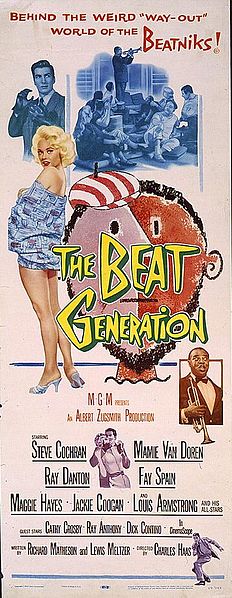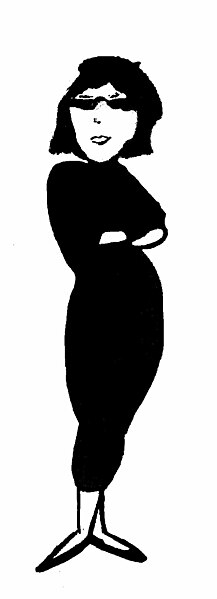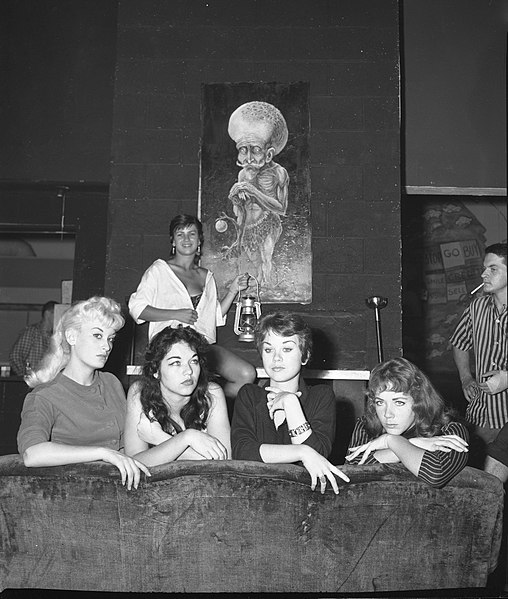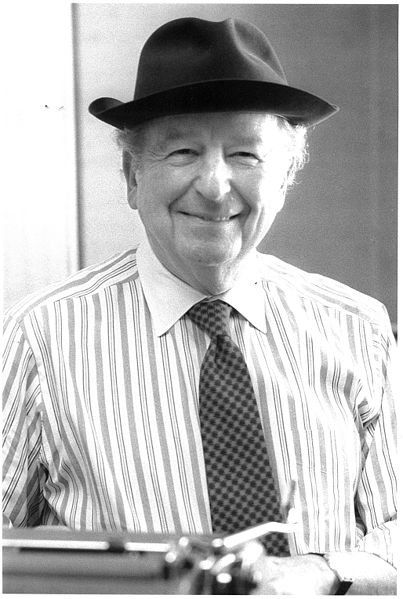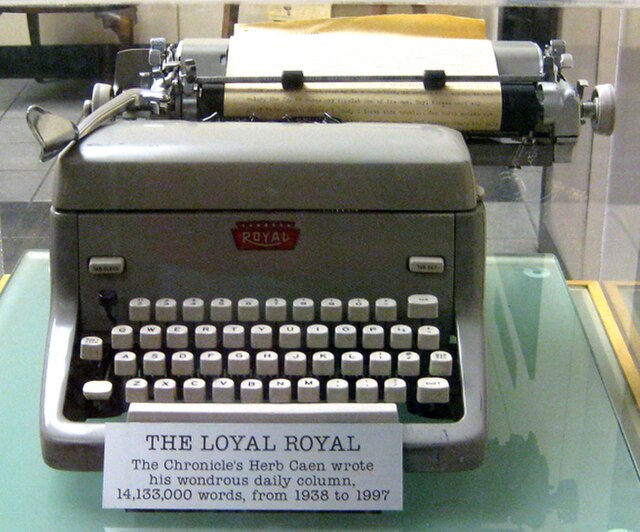Beatniks were members of a social movement in the mid-20th century, who subscribed to an anti-materialistic lifestyle. They rejected the conformity and consumerism of mainstream American culture and expressed themselves through various forms of art, such as literature, poetry, music, and painting. They also experimented with spirituality, drugs, sexuality, and travel. The term "beatnik" was coined by San Francisco Chronicle columnist Herb Caen in 1958, as a derogatory label for the followers of the Beat Generation, a group of influential writers and artists who emerged during the era of the Silent Generation's maturing, from as early as 1946 to as late as 1963, but the subculture was at its most prevalent in the 1950s. The name was inspired by the Russian suffix "-nik", which was used to denote members of various political or social groups. The term "beat" originally was used by Jack Kerouac in 1948 to describe his social circle of friends and fellow writers, such as Allen Ginsberg, William S. Burroughs, and Neal Cassady. Kerouac said that "beat" had multiple meanings, such as "beaten down", "beatific", "beat up", and "beat out". He also associated it with the musical term "beat", which referred to the rhythmic patterns of jazz, a genre that influenced many beatniks.

Beat, Beat, Beat (1959) by William F. Brown
Poster for The Beat Generation (1959)
Stereotypical beatnik woman
Posing before a sample of beatnik art are Miss Beatnik of 1959 contestants in Venice, California
Herbert Eugene Caen was a San Francisco humorist and journalist whose daily column of local goings-on and insider gossip, social and political happenings, and offbeat puns and anecdotes—"A continuous love letter to San Francisco"—appeared in the San Francisco Chronicle for almost sixty years and made him a household name throughout the San Francisco Bay Area.
Caen in 1994
Caen playing the drums at the 1993 celebration of The Paris Review's 40th anniversary
"Mr. San Francisco" in his Chronicle office in the early 1990s
One of Caen's four "Loyal Royals" on display at the Chronicle offices


